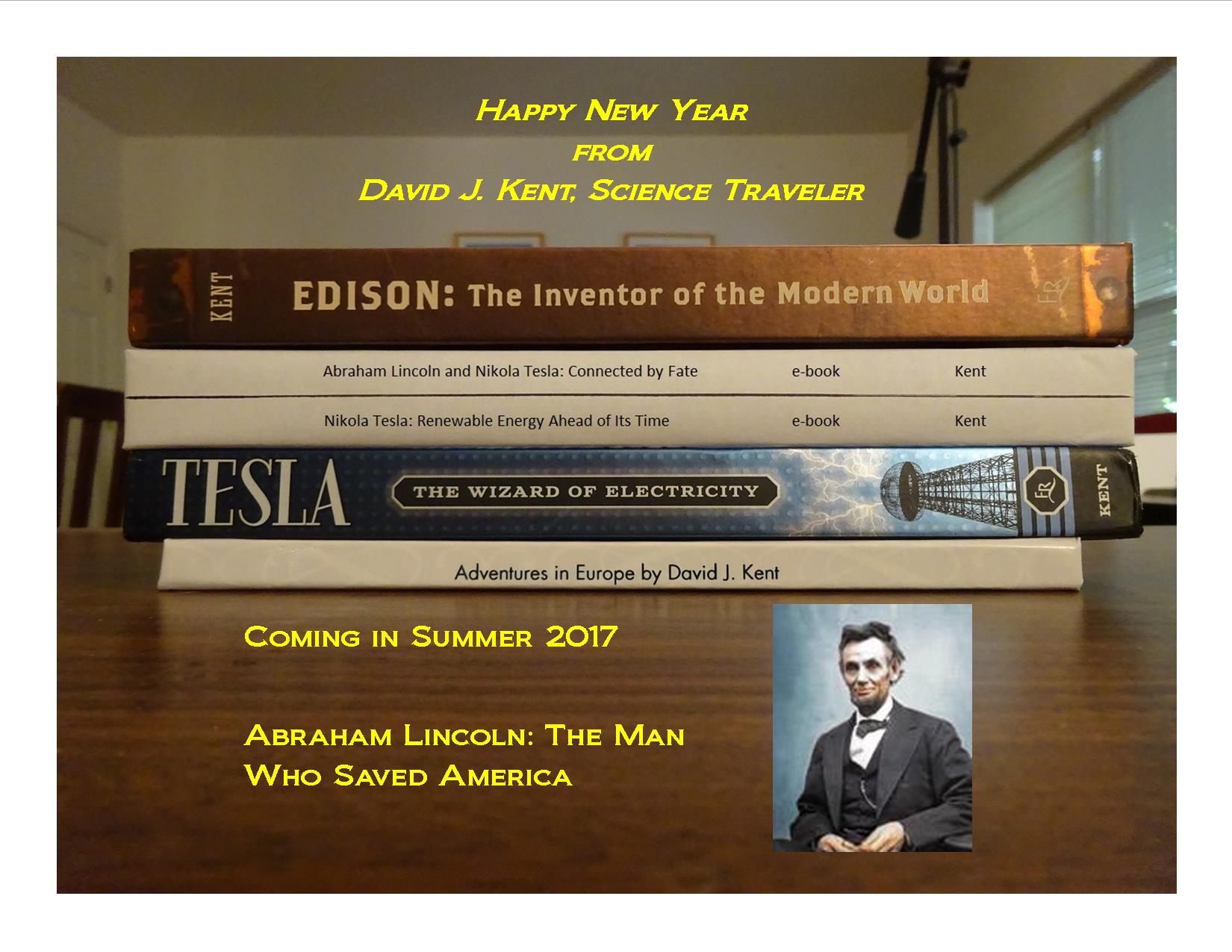A while ago I had the opportunity to move to Belgium for three years, specifically, to Brussels. I wrote an introduction to the topic and called it “If it’s Tuesday, This Must be Belgium,” based on an old movie by that name (see the link for more). My intent was to write a series of posts, and then, not ironically, traveling got in the way and I never really got the series started. Until now.
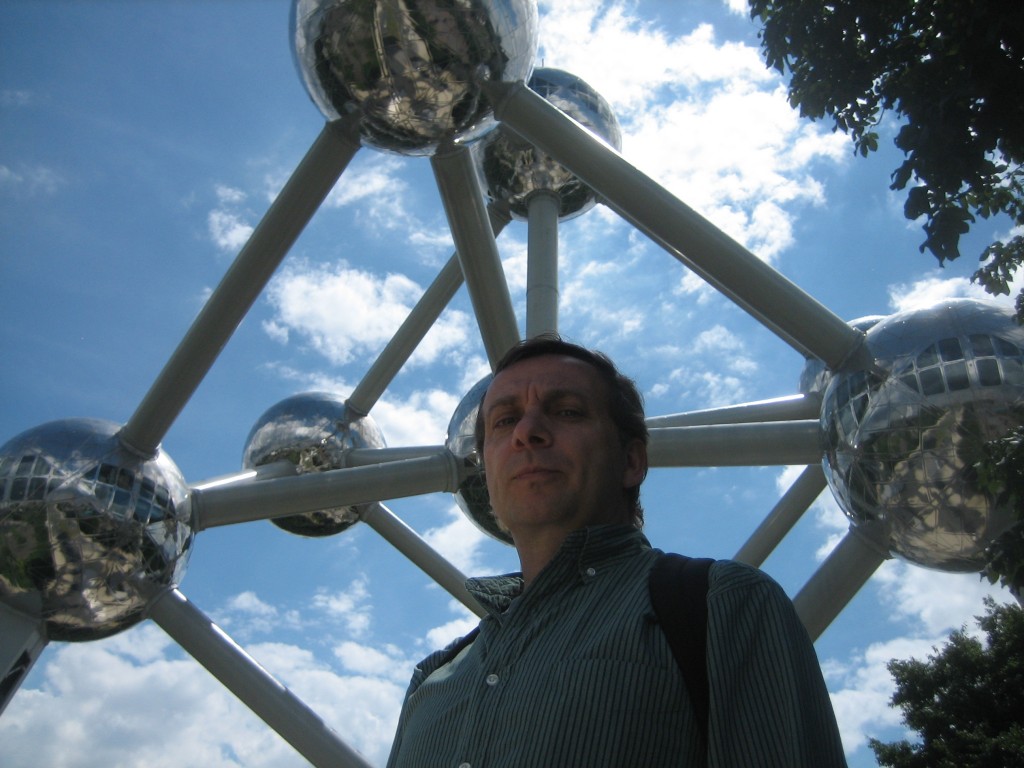
The Atomium
The process of getting ready to move and work overseas for an extended time was an adventure in itself. So if you’re planning on working in Europe (and other places), the following is what you’ll have to go through. Oh, and while doing all of this I had to continue working on my projects, including many very early morning conference calls with European colleagues and clients.
Luckily, my company at the time sent me a checklist of things to do for the work component. This list doesn’t count all the things I need to do to offload a lot of my home stuff or arrange to rent my house.
- Obtain moving quote and submit to Administrator: It was good to know my [now former] firm was paying to ship my stuff to Brussels. Unfortunately, since most of it wouldn’t fit into a European-sized apartment, I had to get rid of half my belongings.
- Make flight arrangements for arrival in Brussels: Prior to actually moving there I had to make a trip over to find an apartment.
- Set up European bank account: So I can do direct deposit and automatic bank transfers. Interestingly, my rent and utilities were included in those automatic payments. I rarely saw actual cash. Money went in and out of my accounts for major recurring income and bills, and my debit card was used for nearly everything else. I also had to keep my US account open and work out logistics of accepting rent/paying mortgage, etc. (I rented my house out to tenants while I was away).
- Provide information for my work permit, including:
a) Medical certificate (filled out by a doctor and officially notarized by the Belgian Embassy): I’m not sure why the Belgian Embassy had to stamp my form since they didn’t actually check to make sure the doctor wasn’t lying.
b) Copy of all pages of passport: Not just the name and address page, but every page. Is someone really going to look at all of the stamps from places I’ve been? Not that it mattered because many of the visa stamps are already unreadable on the page, so photocopy just made everything completely illegible.
c) Copy of diploma(s): Which degrees wasn’t specified, so I assumed it meant high school, BA, MS, and PhD to date. I guess this was to verify that I was qualified to work for the company that I’m already working for. [As it turned out, it also was to get some sort of special tax status for highly skilled workers, much like the H-1B visas in the US.]
d) Copy of resume: Ditto verification…come on people, my firm was already paying me to work for them and all I’m doing is transferring between offices. I was pretty sure they checked my credentials. In any case, my then-26 page CV went on record.
e) Nationwide criminal history record (FBI Identification Record): This was the real kicker. I can understand (sort of) that the Belgians don’t want some criminal moving there, though it seems to me that since the law firm I worked for didn’t have any concerns than it should be good enough for them. The real problem here is that it supposedly takes 16-18 WEEKS for the FBI to run a background check on me, and only after I provide them with my original fingerprints. Well, first off, where do I get my fingerprints taken? Can I walk into a police station, say something like “Book ‘im Dano” and they take a full set for me? Second, if it takes 16-18 weeks for them to do a background check on me (who was born and raised and lived all but 3 months of my life here in the US), what does this say about the FBI’s ability to do background checks for potential terrorists or even for people buying handguns? In any case, they got it done in exactly 17 weeks.
So if you’re planning to work overseas, plan well ahead of time. Other countries and continents may be different, but I doubt you’ll get into China, for example, faster than into Belgium, home of the EU and friend to the USA (well, at that time, at least; no guarantees about the current “friendship” situation).
I’ll have more on the “If it’s Tuesday, This Must be Belgium” series, including tons of traveling to other European countries during my stay.
David J. Kent is the author of Tesla: The Wizard of Electricity (2013) and Edison: The Inventor of the Modern World (2016) (both Fall River Press). He has also written two e-books: Nikola Tesla: Renewable Energy Ahead of Its Time and Abraham Lincoln and Nikola Tesla: Connected by Fate. His next book, Lincoln: The Man Who Saved America, is scheduled for release in summer 2017.
Follow me by subscribing by email on the home page. And feel free to “Like” my Facebook author’s page and connect on LinkedIn. Share with your friends using the buttons below.



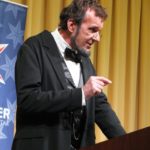 Abraham Lincoln was sworn in as the 16th President of the United States during a time of great upheaval. His first inaugural address was long (his second would be much shorter) and delved into the crisis that was causing the nation to split.
Abraham Lincoln was sworn in as the 16th President of the United States during a time of great upheaval. His first inaugural address was long (his second would be much shorter) and delved into the crisis that was causing the nation to split.




 On January 18, 2017, in celebration of the Old Naval Hospital’s 150th anniversary, Hill Center and the Lincoln Group of the District of Columbia will hold a celebration of Abraham Lincoln’s First Inaugural Address. In 1864 President Lincoln authorized $25,000 for construction of the (Old) Naval Hospital, which was completed in 1866, and the building has been restored to its 1860s condition to serve as Hill Center.
On January 18, 2017, in celebration of the Old Naval Hospital’s 150th anniversary, Hill Center and the Lincoln Group of the District of Columbia will hold a celebration of Abraham Lincoln’s First Inaugural Address. In 1864 President Lincoln authorized $25,000 for construction of the (Old) Naval Hospital, which was completed in 1866, and the building has been restored to its 1860s condition to serve as Hill Center.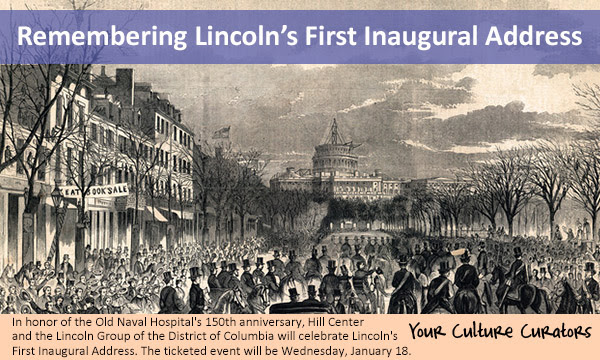
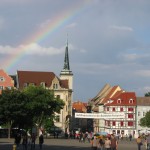 The thing about traveling is that travel plans change. They changed a lot last year, with anticipated trips to Machu Picchu, China, and Michigan being bumped. Now here we are a third of the way through January 2017 and travel plans are nearly non-existent, in part because of the lingering uncertainties from 2016.
The thing about traveling is that travel plans change. They changed a lot last year, with anticipated trips to Machu Picchu, China, and Michigan being bumped. Now here we are a third of the way through January 2017 and travel plans are nearly non-existent, in part because of the lingering uncertainties from 2016. “Warming of the climate system is unequivocal.” This was the conclusion of the most recent IPCC 5th Assessment Report (AR5). Also, human activity has been “the dominant cause of the observed warming since the mid-20th century.”
“Warming of the climate system is unequivocal.” This was the conclusion of the most recent IPCC 5th Assessment Report (AR5). Also, human activity has been “the dominant cause of the observed warming since the mid-20th century.”  I write a lot. But I also read a lot, which all the writing books says is required to be a good writer (and I concur). My book counts have slowly been creeping up, from 84 in 2014 to
I write a lot. But I also read a lot, which all the writing books says is required to be a good writer (and I concur). My book counts have slowly been creeping up, from 84 in 2014 to 